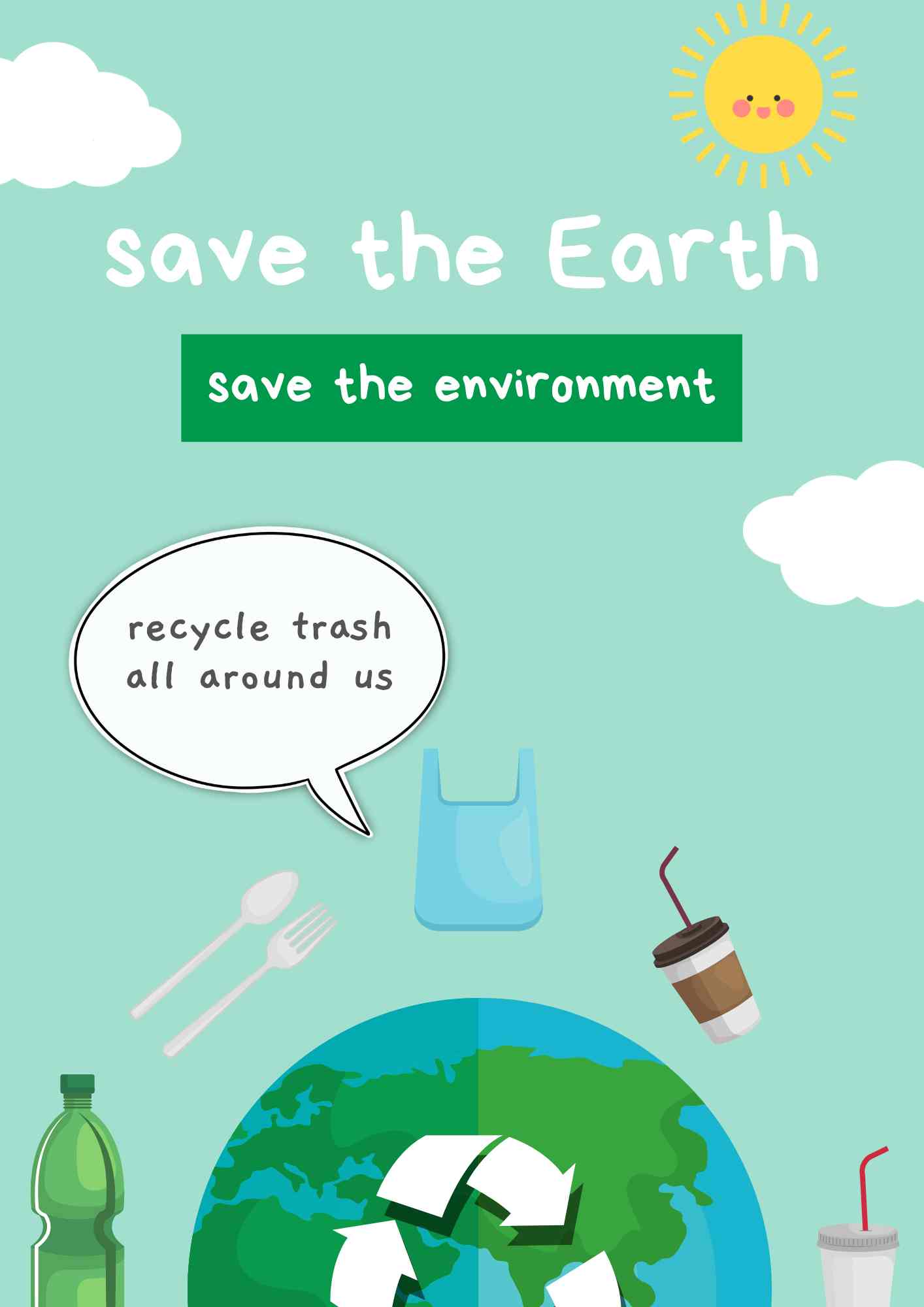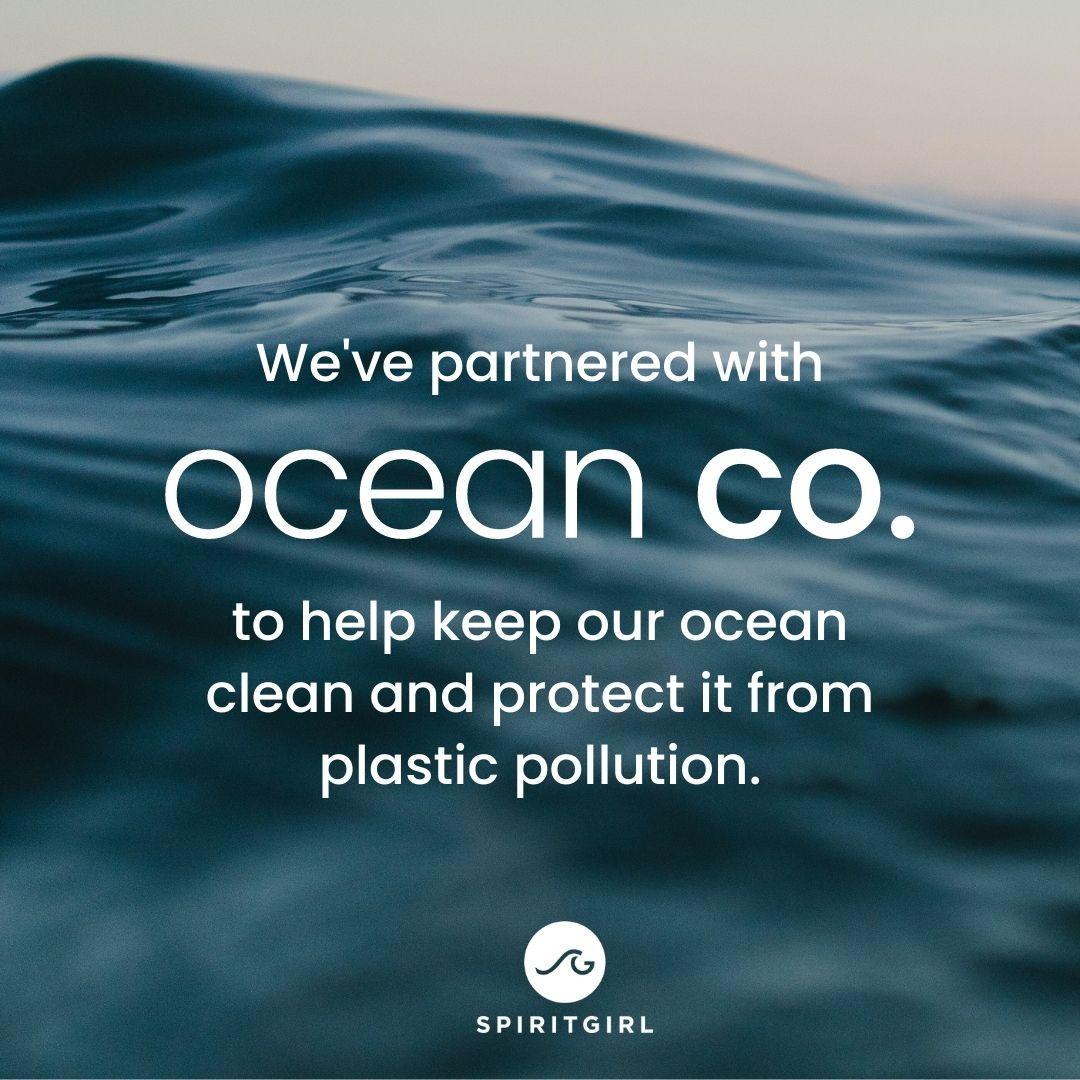What Is Recycling and Why Is It Important?

Introduction
It's time to get serious! There's no better way to improve the environment than by recycling. And, no, I don't mean just on Earth day.
Recycling properly is an essential component of being a responsible global citizen. And you can do your part right now by recycling at home and joining in for the cause of the planet's protection.
It may seem like a hassle at first, but with a little effort and some good habits, you'll be doing more good than you ever dreamed possible! By using this comprehensive guide to home recycling, I guarantee that you'll become an eco-friendly pro in no time.
So what are you waiting for? Throw away that guilt and sign up for sustainability classes – it’s time to become an environmental superhero!
What Is Recycling and Why Is It Important?
Recycling is like that one friend you have who always knows the best spots for brunch, shopping, and fun – it's helpful in so many ways! It helps us do our part to improve our planet by reducing green house gasses, air and water pollution, conserving energy and reducing waste sent to landfills.
And we all know how important it is conserve natural resources – it's like the fuel that powers our planet! So think of recycling as a way to keep continuous flow of those super cool sunglasses you love so much or that yummy avocado toast that you look forward to every weekend.
But just like any friendship, recycling requires commitment. A commitment to learning how to differentiate between what can and cannot be recycled at home and a commitment to actually doing it! With some dedication (and a little help from us) you can be a part of the solution – let's get started!
What Can Be Recycled at Home?
We get it – it can feel like you're speaking a foreign language when you hear terms like "package sorting" and "recycling directions", but the great news is, recycling at home isn't rocket science. In fact, there are only four categories of material that you need to worry about: plastic bottles and containers, paper and cardboard, glass bottles and containers and beverage and food cans. Preparing these items for collection is as simple as rinsing them out, popping the lids off food cans and flattening cardboard boxes.
How to Recycle Properly in the Home
The key to recycling properly in the home is all about separating, washing, and flattening. Here are some helpful tips for doing just that:
- Separate your food waste from your recyclable products. Don't let those banana peels contaminate the rest of your recycling!
- Make sure you wash food waste off of any plastic or glass food containers before putting them in the recycle bin. That way you won't be giving insects a gourmet meal!
- Flatten cardboard boxes so that you can fit more recyclables into your bin. This maximizes space and makes sure your materials are recycled as efficiently as possible.
- Compost food scraps whenever possible—you can turn those banana peels and vegetable trimmings into fertilizer!
By sticking to these tips, you can help do your part to reduce waste and improve our planet.
Get the Whole Family Involved in Recycling
We all have the power to help improve our planet. From taking shorter showers to eating more sustainably, we can all do our part to help reduce waste and make our world a better place. But you know what takes things up a notch? Getting the whole family involved in recycling!
Admit it—it's way more fun when everyone pitches in. Making eco-bricks for example is a great way to get your kids involved in the process, bring out their creativity, and teach them about recycling at the same time. In this case, you'll need some plastic bottles (properly emptied and clean), newspapers or cardboard (cut into strips) and some tape.
Once you have these supplies on hand, the process is fairly simple:
- Stuff those plastic bottles with newspaper or cardboard strips until they're full and sturdy. Be sure to stuff tightly!
- Once full, close off the bottle with tape—this will provide extra strength while they dry
- Let your kids decorate their eco bricks (or do it yourself!). Paint them in bright colours or wrap them gift wrap
- Allow your eco bricks at least 3 days of drying time before using them for any project
- Have fun! Eco bricks are versatile and can be put to good use in numerous projects
End result? A few hours spent together as a family making a difference for our planet! Plus, you never know...you might even have fun too.
Reduce Your Waste Altogether With Composting
Ah, composting—the old-fashioned method of reducing your waste that somehow feels modern and cool all at the same time. Sure, it sounds complicated and messy, but hear us out: you don't need to be a scientist to do it right! With a bit of effort (we promise) you'll be churning kitchen scraps back into your garden in no time.
Composting is not only great for providing nutrients for your plants but also saves up tons of space in landfills. Think about it: all those food scraps could end up in one bin, instead of two— and that means fewer garbage bags in your home. Plus all the space taken up by those garbage bags will give you more room for vacations plans!
Ready to get started? Here's what you need to know:
- Gather materials like fallen leaves, vegetable scraps, coffee grounds and grass clippings—everything organic can go into the pile.
- To speed up the process, look for browns and greens—these are the ingredients that provide food for microbes and make the composting process better.
- Keep an eye on moisture levels to ensure everything decomposes properly, adding some water if needed.
- And finally make sure you keep turning the compost regularly with a shovel or pitchfork so that oxygen can pass through easily and avoid bad smells as much as possible!
By doing your part with composting at home, you're not only getting a relief from regular garbage pickups but also contributing greatly towards environmental sustainability!
Tips for Building a Greener Lifestyle
Living more sustainably doesn't just help the environment—it helps you, too. Sure, you've heard of tip #1: limit your waste. But why stop there when there are so many ideas and practices to adopt? Here are five more tips for building a greener lifestyle:
Stay Clear of Fast Fashion
Fast fashion is both a thrill and a buzzkill. You get that rush of grabbing the latest style or trend but then you realize it's not quite right—or worse, it falls apart after one wash. Skip the fast fashion and focus on quality clothing that'll last longer, making it a better long-term investment.
Reduce Water Waste
Be mindful of your water consumption and opt for low-flow fixtures when possible. You'll reduce home energy costs while using less water—everybody wins!
Allot a Day Per Week to Interact with Our Natural Environment
Spending time in nature is good for the soul (not to mention mental health) and doing so can even help with creativity! Take some time each week to just be around nature and enjoy this beautiful world we live in.
Eat Less Meat
Lets face it, South Africans love our meat. While moderation is key, opting for more plant-based proteins is an excellent way to reduce your carbon footprint. Bonus points if you choose organic produce - you'll be doing the planet (and yourself) a huge favour.
By making minor changes in our daily routines, we can all do our part in protecting our planet while creating a healthier environment for ourselves and generations to come.
Conclusion
Now that you've got the inside scoop on recycling, it's time to get started! Many of us can feel overwhelmed and powerless when it comes to our global environmental crisis, but following these simple steps is a great way to make a change. Remember, all it takes is little effort to make a big difference. So no more excuses—let's get out there and start saving the world, one recycle bin at a time!



